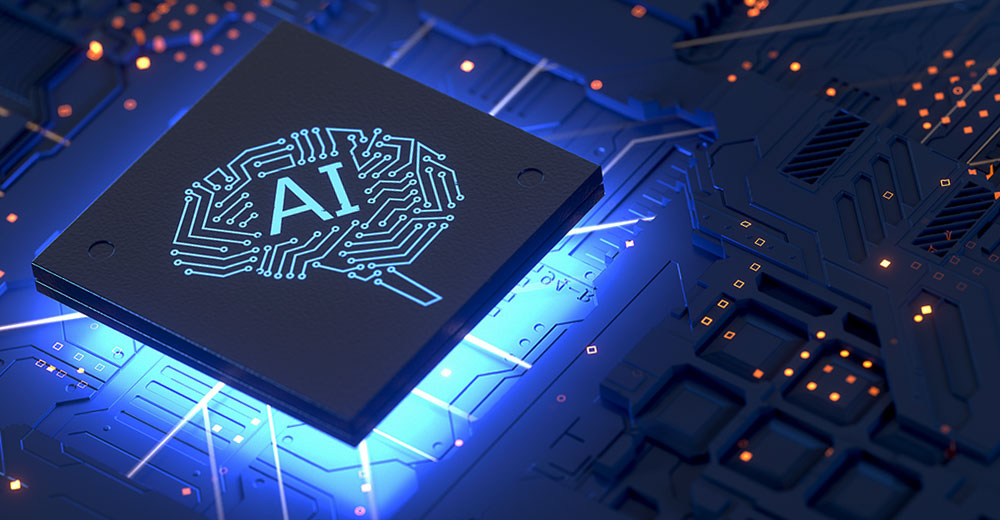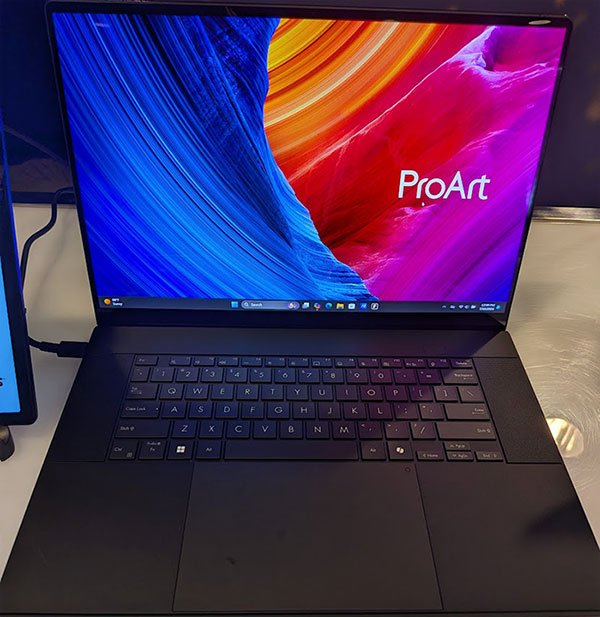
The AI PC market moved quickly after the first generation of limited AI PCs hit the market a few months ago.
Microsoft and Qualcomm’s Snapdragon X Elite kicked off the second generation. While those products were impressive, they didn’t address three key markets: workstation-class machines, gaming PCs, or PCs for professional creators. They were fine for most of us but weren’t performant for the people who build, create, and play the most powerful games or the software and hardware engineers who are building AI solutions.
Well, with one noted exception. AMD just announced it will close that gap with a class of PCs that have the graphics and processor performance demanded by creators.
These are machines with discrete graphics cards and the power to meet the needs of those who demand the highest performance yet still want all the advantages that AI brings without cratering battery life. The still missing link is desktop PCs, but they are waiting for Microsoft to enable them. The problem isn’t the hardware, as much as Microsoft’s unfortunate decision not to support them yet.
Let’s discuss AMD’s approach to addressing these market gaps. Then, we’ll close with my Product of the Week, the Asus ProArt Studiobook 16, which caught my lustful eye at the AMD event.
Microsoft’s Flawed AI PC Copilot+ Launch
Whenever a new platform emerges, like AI now, the initial problem is a lack of applications.
Microsoft targeted its AI PC launch on users with two new applications: Recall and Cocreator. Microsoft should have focused first on developers. As Steve Ballmer once said, “Developers, developers, developers.”
However, the initial product Microsoft brought to market was focused on users, not developers. Microsoft seemed to go out of its way to ignore developers by neglecting workstation-class laptops, which have GPUs, and all desktops. Many of us who work on PCs for a living prefer desktops for their sheer power.
Not only did this reduce the capabilities of those building for AI, but Recall was so poorly presented that even though it kept the data it collected safely on the PC from which it was collected — which is unusual given that Microsoft is one of the leading cloud vendors — people believed it was a security risk, so Microsoft was forced to pull it back.
The really annoying thing is that there was no Copilot+ solution for performance PCs and workstations, even though high-end discrete GPUs easily outperform NPUs and are already in the market. Even more unbelievable, Nvidia’s GPU technology was used to create the generative AI that Microsoft uses, OpenAI’s ChatGPT.
AMD to the Rescue
AMD’s launch addresses this shortcoming. What’s fascinating is that most of the laptops that were announced with Nvidia graphics cards and an NPU at 50 TOPS closed the gap that Microsoft unfortunately created.
These are impressive laptops. Most were powerhouses but still promised all-day battery life and around a four-pound carry weight, making them impressively light and long-lasting for their class. Asus had the strongest line, many with 16-inch displays and several with 4K OLED displays with high color accuracy, which is ideal for gaming, image work, and performance in line with portable workstations.
It is a shame AMD didn’t include an NPU in a desktop configuration. That would have put them above the crowd. However, given that Microsoft would just need to enable desktop GPUs, I understand why it didn’t. Still, it would have made for an incredibly sustainable configuration, given digital assistants need to run nearly constantly.
While desktops and workstations don’t need battery life, they consume a ton of power. Using an NPU instead of a high-performance GPU would make for an interesting, low-power alternative.
This approach is generally a good competitive practice, particularly in an emerging market. Rather than directly engaging first-to-market competitors, target areas where they aren’t and where they have a performance disadvantage. That’s what AMD is doing here.
The Silo AI Twist
During the event, AMD announced it would purchase a uniquely important company, Silo AI, the largest private AI lab in Europe. Right now, few people know how to deploy AI solutions successfully, and most AI deployments are failing. Silo AI, in contrast, has successfully deployed AI in over 200 accounts, and in a market that is short of AI talent, they have 125 highly skilled AI professionals (PhDs).
The Silo AI acquisition will supply AMD with two critical advantages.
First, it will allow them to help their end-user customers successfully deploy AI with AMD’s technology in the back office. Second, it will provide AMD with invaluable information on where current technologies are failing, both on servers and desktops, allowing AMD to focus better on its development efforts going forward.
While Nvidia is currently the king of AI, one disadvantage in being first is that you don’t have anyone to follow, and when blazing a trail, you can drift off track.
AMD is behind, but with Silo AI, they can see any mistake that Nvidia might make and attempt to capitalize on it. While it is unlikely AMD will be able to pass Nvidia this way, it could become the strongest number two in a market that is far from saturated.
As a result, AMD probably won’t gain at Nvidia’s expense but speed overall AI adaptation. A stronger competitor should also help Nvidia focus, so this has the potential to benefit both companies.
Wrapping Up
AMD’s coming offerings are impressive, particularly since they close a major critical part of the gap Microsoft created by focusing on users before focusing on developers.
The result should be faster app development for AMD, Intel, and Qualcomm NPUs. At least initially, there are no real losers here because we all benefit from better and more successful AI deployments and a richer application ecosystem.
All in all, the AMD folks have made incredible progress. I expect AMD CEO Lisa Su is incredibly proud of the work these people have done to make this happen.
Overall, very nicely done.
Asus ProArt P16 Laptop
If it is possible to fall in love with a laptop, I fell in love with the Asus ProArt P16. This laptop is amazing. It is just 14.9mm thin, weighs only 1.85 kg, and features a stunning Lumina 4K OLED screen. The ProArt 16 also boasts an Nvidia GeForce RTX 4070 and the mighty AMD Ryzen AI 9 HX 370 processor.

(Photo by Author)
My picture above doesn’t do it justice. This is a nice-looking laptop, and while I wasn’t given final pricing, I expect it to be surprisingly affordable for this level of performance. The ProArt P16 is a full Copilot+ PC, so it has that new XDNA2 NPU that is currently the most powerful in the market. Coupled with the Nvidia GPU, this makes it a literal AI powerhouse.
While Asus targeted this product at animators, photographers, and videographers, it would make for one heck of a gaming laptop — and when we finally get those games with AI non-player characters (NPCs), it’ll have the power to run them where other laptops, even AI PC laptops, won’t.
Of all the announced PCs, this was by far my favorite, making the Asus ProArt P16 AI PC my product of the week. It defines awesome and sets the bar for what an AMD/Nvidia performant AI PC should be.





